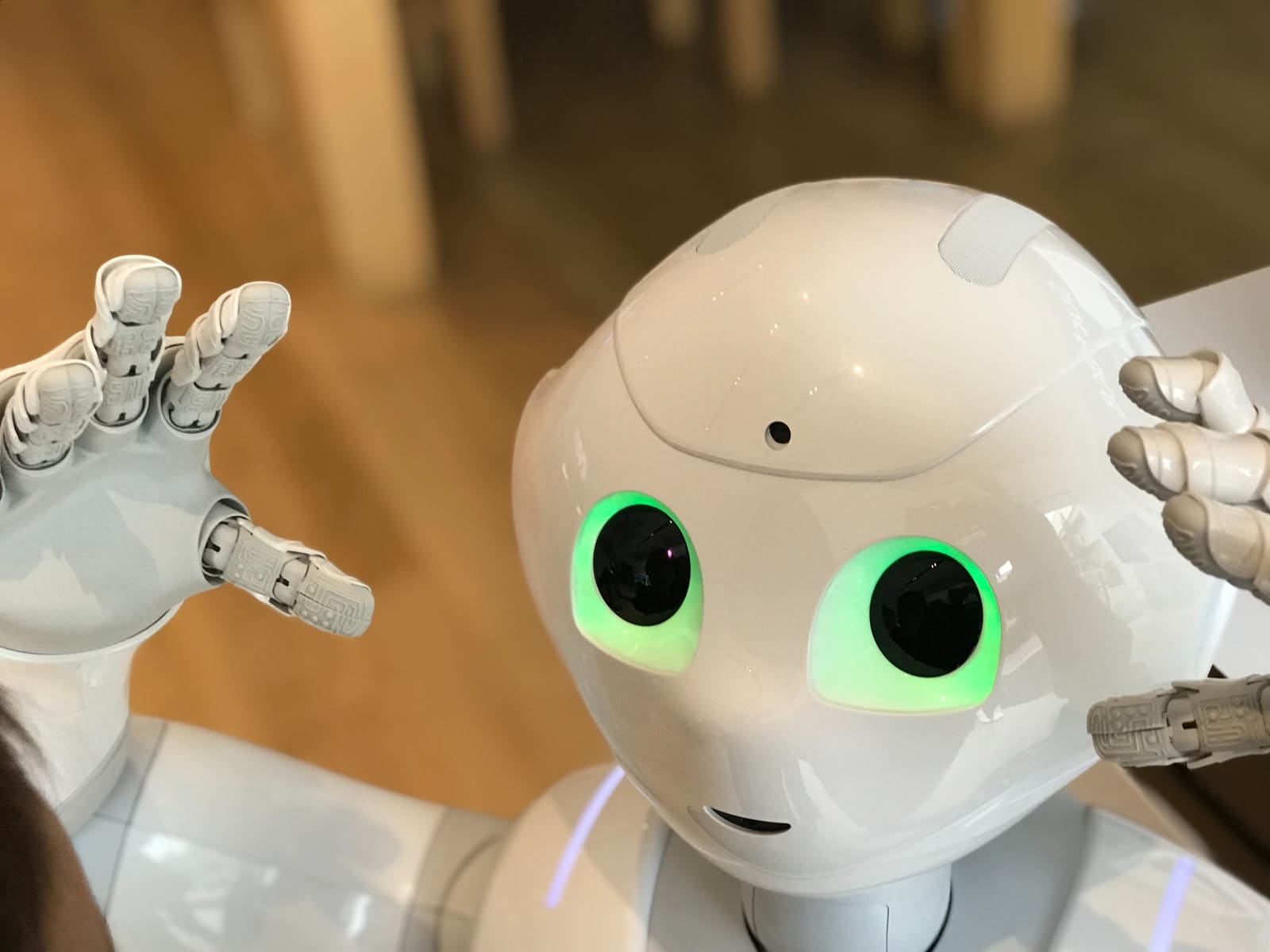Automating the Lead Management Process to Drive More Appointments
“If you always do what you’ve always done, you’ll always get what you’ve always got.”
— Henry Ford.

Car industry pioneers can offer new perspectives to help auto dealers overcome their biggest issues.
Our experience has shown us that only around 12.5% of leads show up to showroom appointments. Low lead conversion rates have become an epidemic in car dealerships.
A common response is to invest yet more money in lead acquisition. The theory is that more input equals more output. But we’ve got news. Lead acquisition strategies alone aren’t enough to shift the needle — not to mention they’re not cheap. The real issue lies in the way leads are handled along the buyer’s journey.
Around 50% of leads drop out at every touch point along the lead engagement pipeline. Say you have 100 new leads, only 50 get contacted, only 25 make an appointment, and only 12.5 show up for an appointment.
It doesn’t take a mathematician to figure out that you need to shift gears and focus on improving lead engagement rates. But the onus can’t fall on BDC and sales teams, who already struggle to keep on top of every lead.
This is where automation comes in. Automation allows dealerships to boost engagement at each stage of the lead management process. Let’s take a closer look at how automating the process is the smartest move dealerships can make to get more buyers in-store.
1. Send relevant and quick responses to optimize contact rate
“The biggest obstacle for car dealers is getting in contact with potential customers so they can nurture them,” says Nick Cosette, Matador Head of Operations. Some reasons for this include wrong contact details and dead phone lines. But a bigger reason is that BDC and sales teams don’t respond quickly enough to new leads, who expect high-quality responses almost instantly.
Thanks to automation, dealerships can increase their lead contact rate while taking the pressure off sales teams. Auto-responders do the work that humans can’t do reliably and efficiently at scale by automatically delivering the right message to the right place at the right time.
- Right message. Auto-responders can automatically reply to incoming inquiries with relevant responses tailored to each individual lead or group of leads. Dealerships can customize responses based on various variables such as lead source (third-party website, dealership website, referral) or lead inquiry type (new vehicle, used vehicle, upgrade). Personalization is important to make buyer’s feel valued – not just like a number – and build trust.
- Right place. Dealerships need to make sure they’re contacting consumers through a communication channel that gets results. While telephone, email, and chat all have (or have had) their merits, SMS gets the best results by far. 98% of text messages are open and read. Auto-responders can automatically send text messages to interested buyers directly on their phones to maximize the chances of buyers picking up and reading the message.
- Right time. Speed is key to connecting with leads. Research shows that 50% of sales go to the vendor who responds first and businesses are 100 times more likely to contact a lead within 5 minutes compared to 30. Auto-responders can be programmed to respond instantly to incoming messages to make sure dealerships always hit their response time targets.
What about the leads that don’t respond right away? People get distracted easily and can lose focus of the task at hand: buying a car. AI bots can re-engage people that don’t respond within 24 hours of reaching out with a friendly reminder. For example: “Are you still interested in the car”? “Did someone at the store get back to you?” “Is this a good number to contact you on?”
2. Create meaningful conversations to increase engagement
Nurturing leads for conversion is another big challenge car dealers face. Dealerships currently don’t do the long-term follow-up needed to convert leads into appointments, or their competitors do a better job of lead nurturing. One reason is that dealerships focus on the quick wins — buyers that are ready to buy. This might seem like a winning strategy in the short term, but 50% of qualified leads aren’t purchase-ready. Therefore, it alienates many people who require nurturing over longer periods.
Automated follow-up text message sequences allow dealerships to nurture buyers for as long as necessary until they take action. Bots engage in meaningful conversations with buyers by communicating the relevant information at the right time. They can emulate human conversation by communicating passively and actively: they respond to buyers’ queries and reach out to buyers to prompt action when necessary.
3. Make appointment scheduling easy to boost show-up rate
Once a potential buyer makes an appointment, you’d be forgiven for thinking that the hardest bit is done. Yet — as we said earlier — 50% of leads tend to drop off before they hit the showroom floor.
Having a buyer show up to an appointment relies on the buyer entering the appointment in their calendar, entering the appointment details (time, date, location) correctly, and sticking to the commitment. Any of these things can go wrong and result in a no-show.
Automation enables dealerships to take control of scheduling and increase the set-to-show ratio to as much as 80%. Specifically, car dealers can automate the sending of appointment requests to customers’ phones so that the appointment is automatically scheduled in their digital calendar along with reminders. That way, dealerships can minimize any scheduling errors and maximize the level of commitment.
What about the 20% of people that still don’t show up? Automated communications software enables dealerships to reconnect with no-shows. For example, dealerships can configure their software to automatically send a message that prompts buyers who missed an appointment to reschedule.
4. Bonus: increase lead numbers with revival campaigns
By focusing on attracting new clients only, dealerships are missing a trick. Companies have a 60-70% chance of selling to an existing customer versus a 5-20% chance of selling to a new lead. Contacting your existing customers is a smart way not only to touch base but also to potentially generate new leads from people that already know and trust your company.
Not only do dealerships misunderstand the value of re-engaging customers, they don’t have the capacity to do so. BDC and sales teams are already overwhelmed with managing new leads, let alone managing revival campaigns.
With automation, dealerships can set a rule to send friendly text messages to reconnect with long-term customers due for an upgrade or new model, say, six years post-purchase. For example, they could ask how the customer is getting on with their car, or simply wish them a happy birthday. This helps position the dealership front of mind when the customer is actively looking to purchase again.
A final word
Automation allows dealerships to engage in human-like, meaningful conversations with interested buyers that can lead to better contact rate, more appointments, and more appointment show-ups.
Automation operates at a scale that not even the most finely tuned sales team can. While it can be misunderstood as a threat to the workforce, it’s actually a necessary tool for modern commerce that enables dealerships to interact with consumers with relevancy and speed. In fact, automation takes some of the load off BDC teams and gives them the freedom to do what no tool can — turn leads into human relationships.









